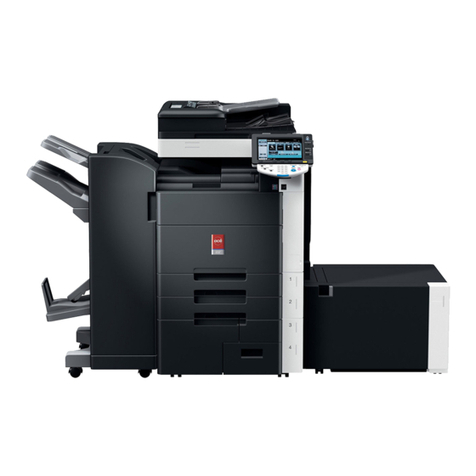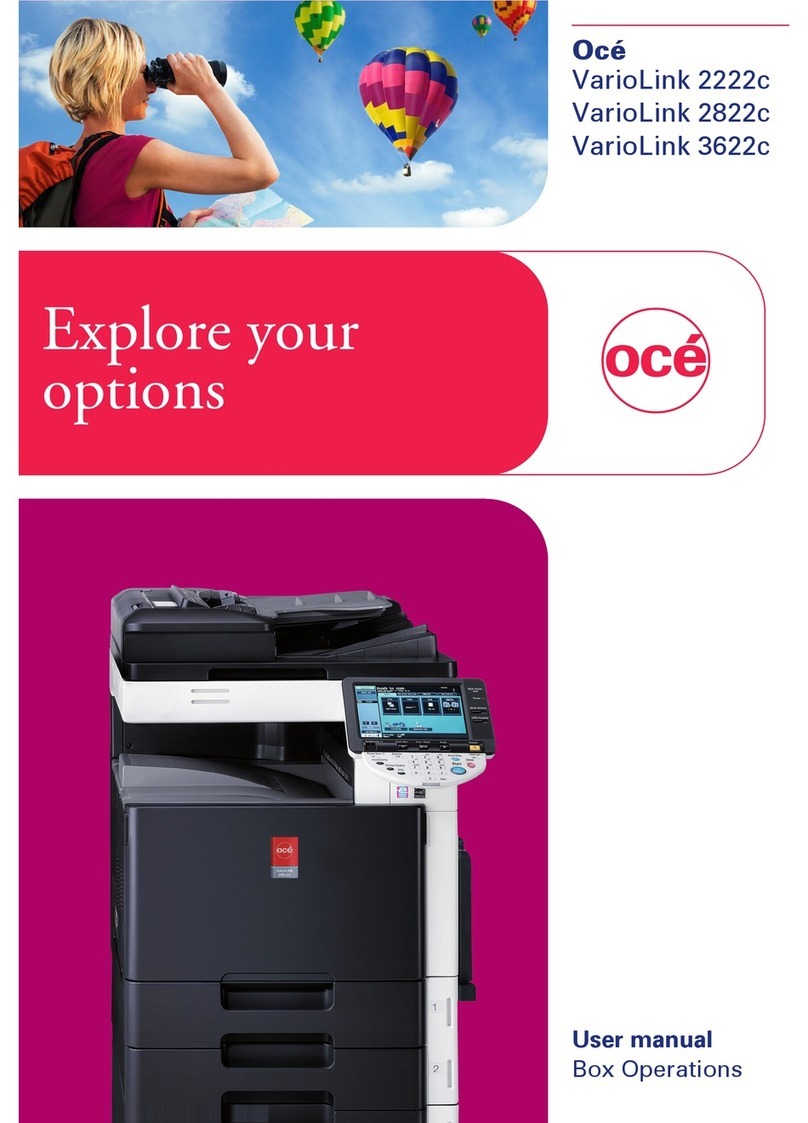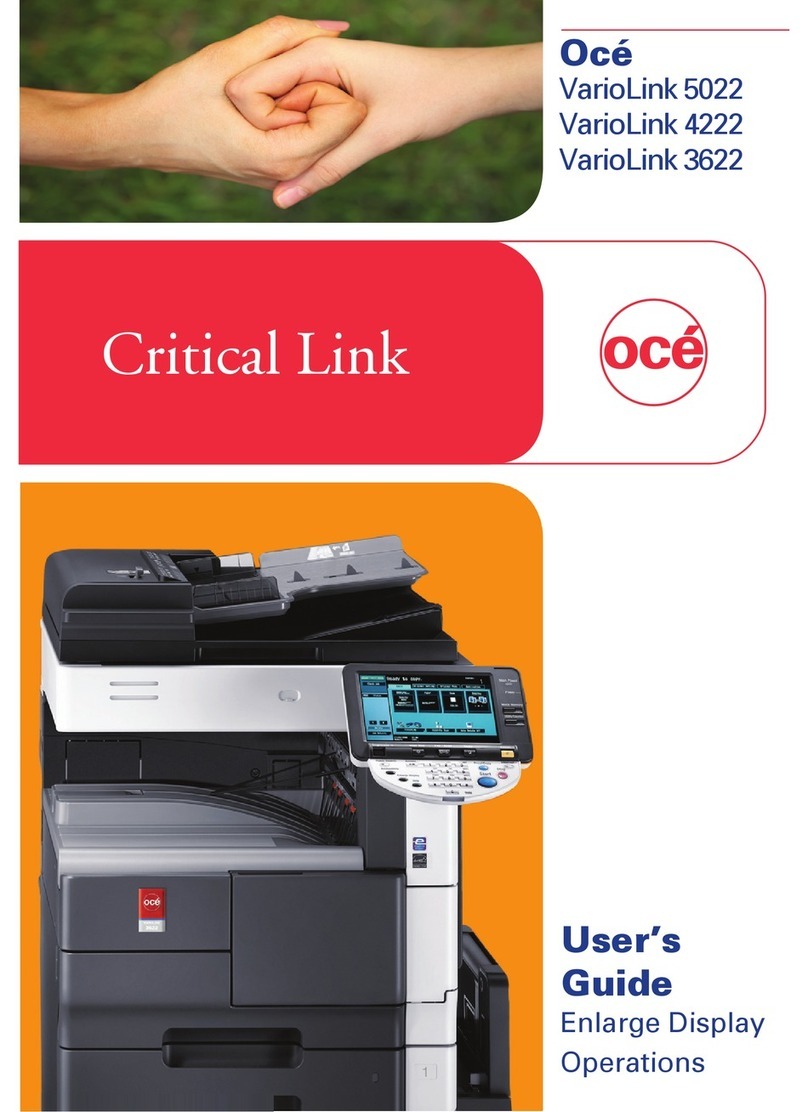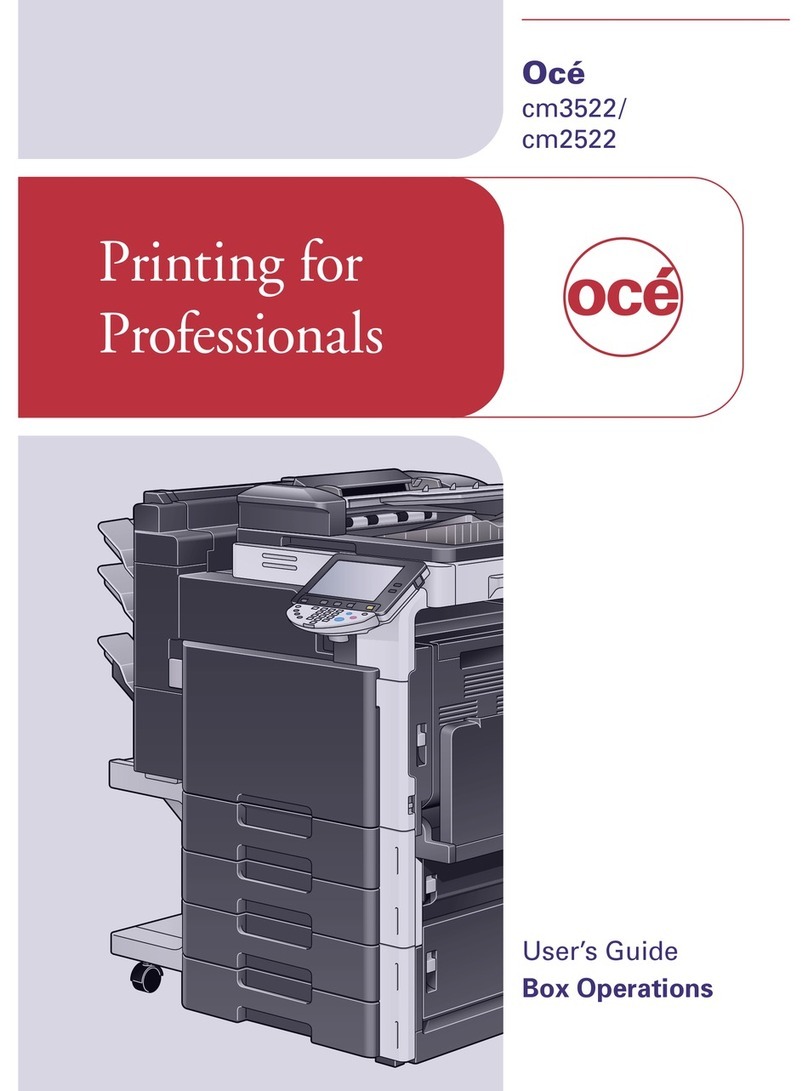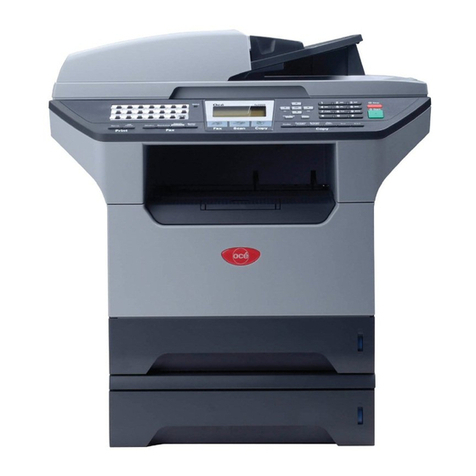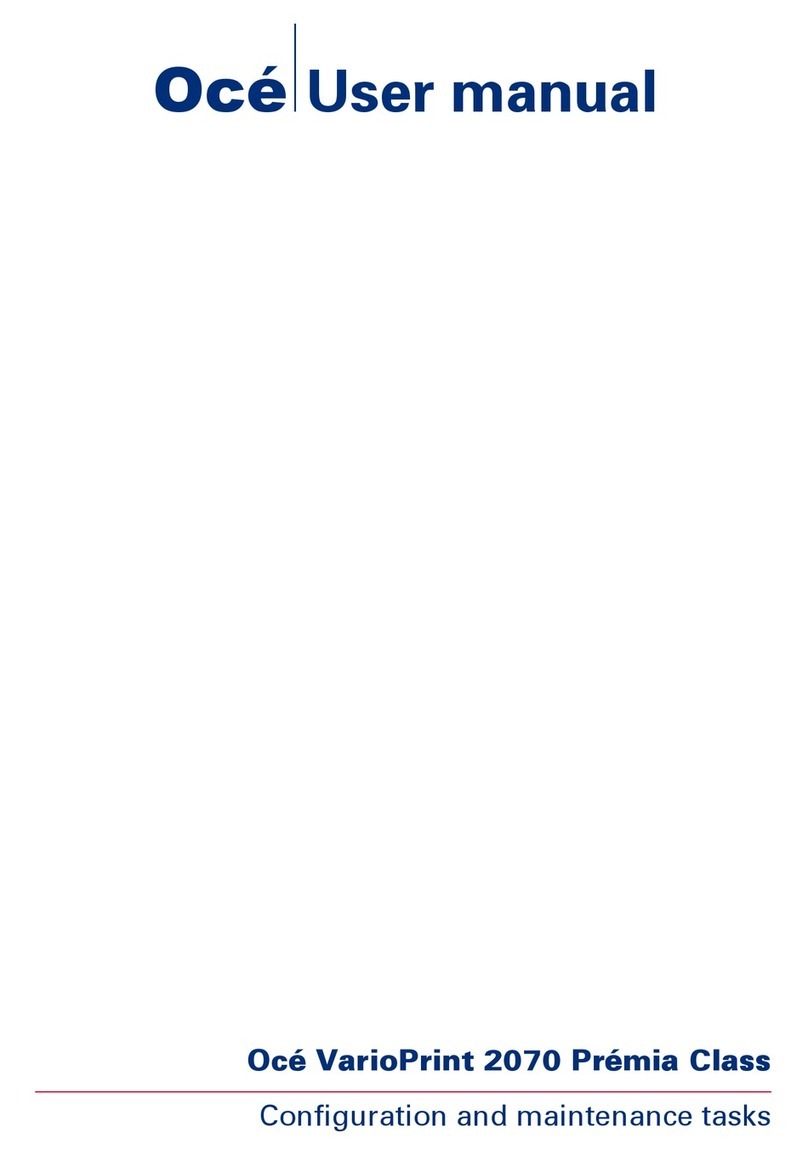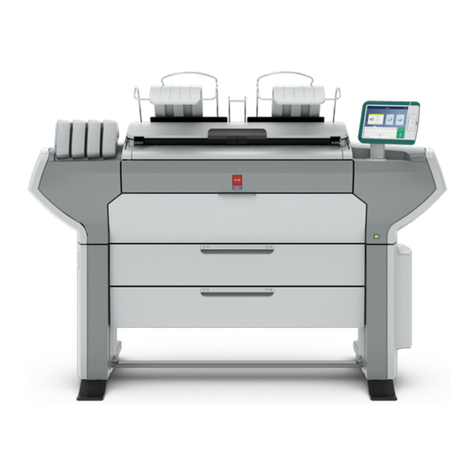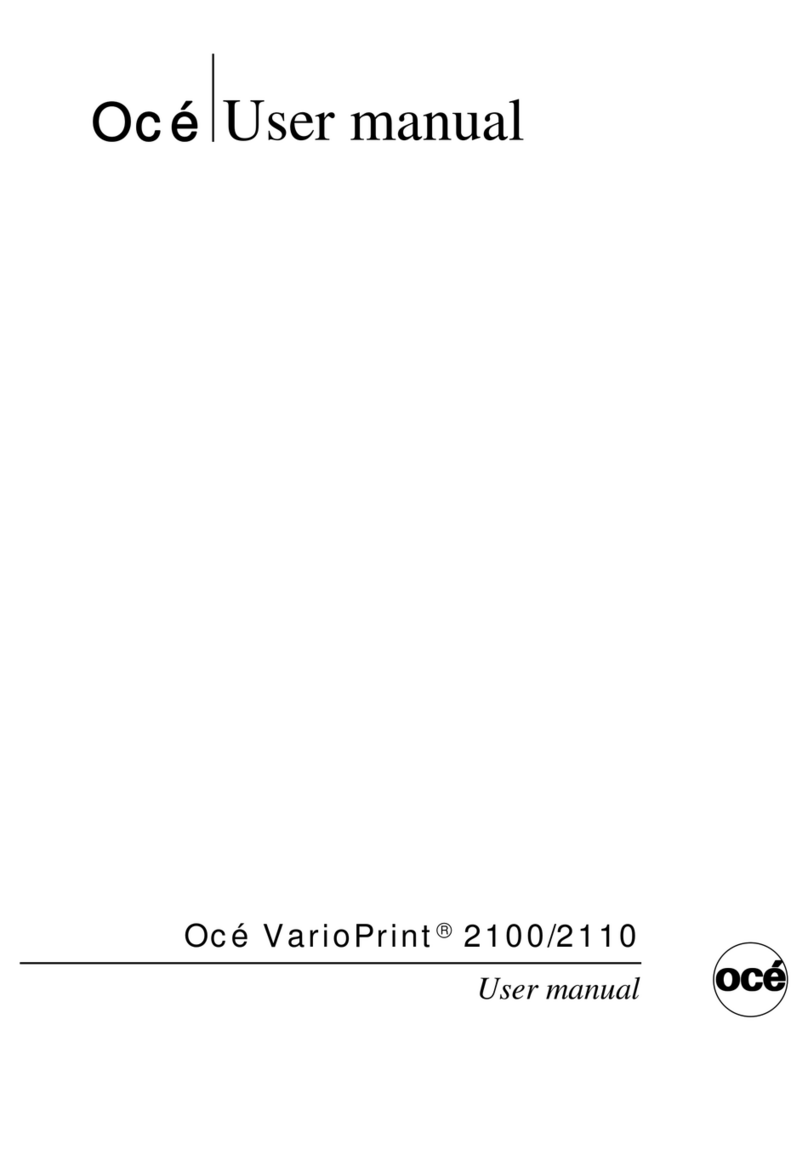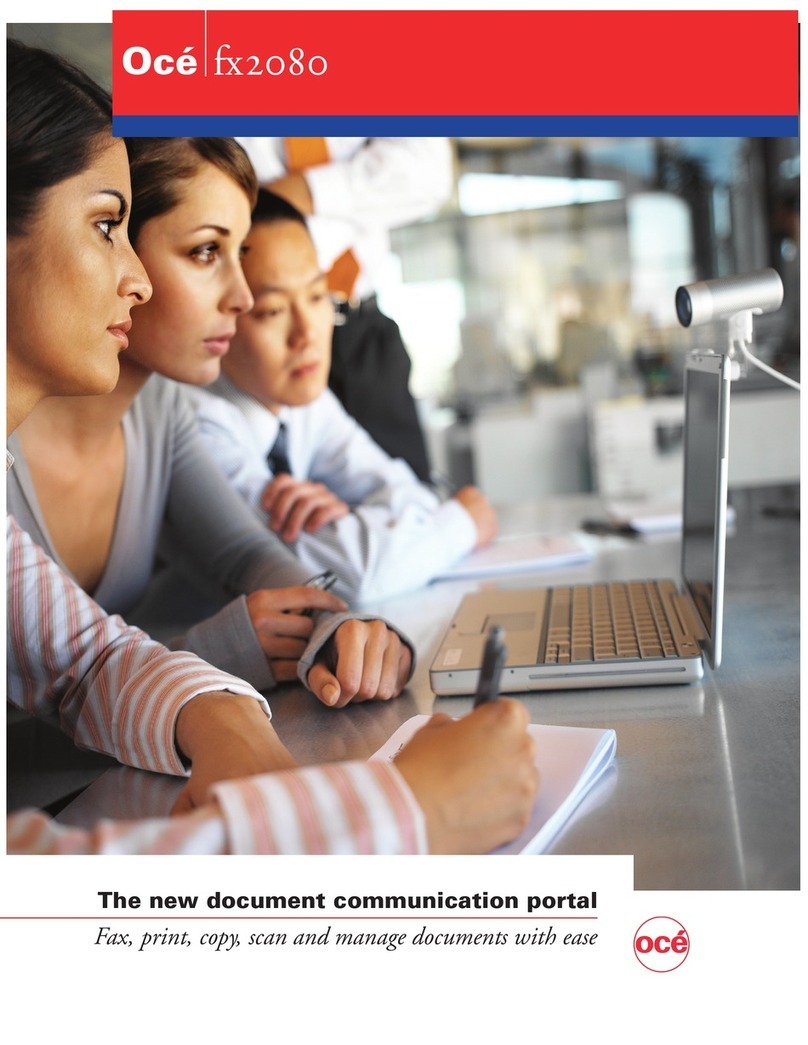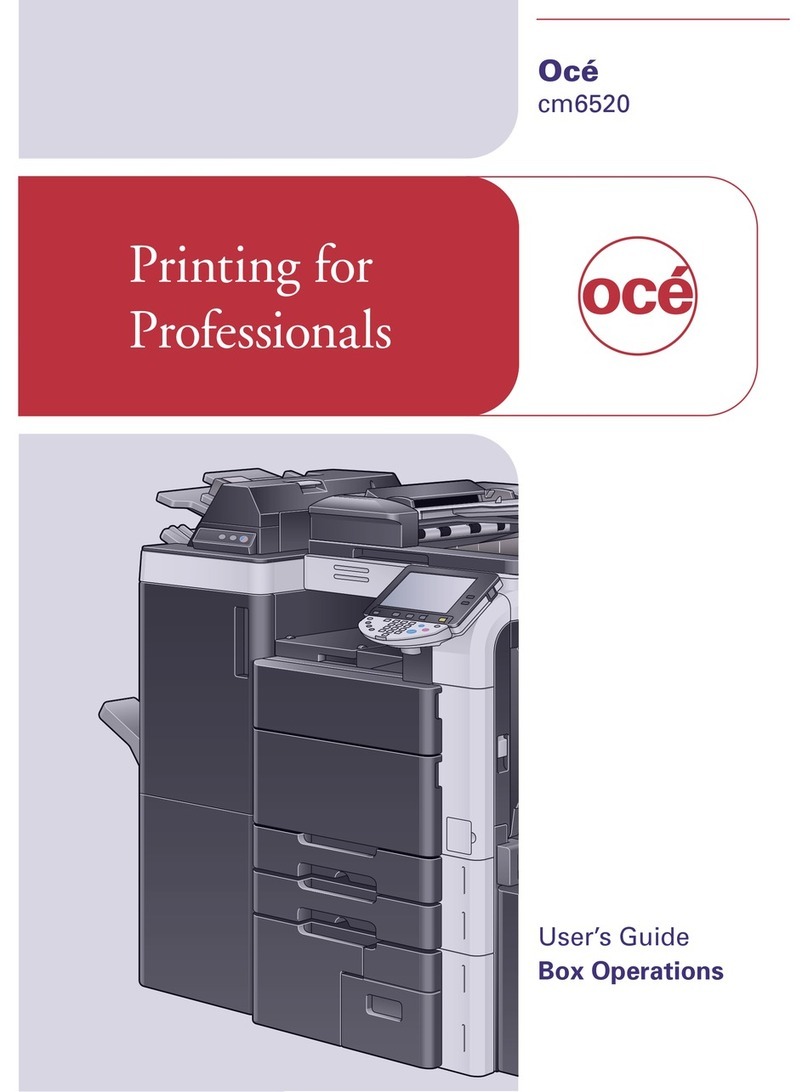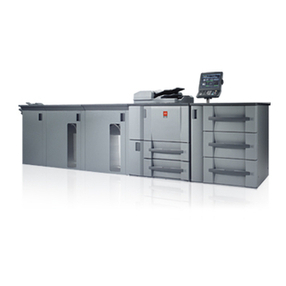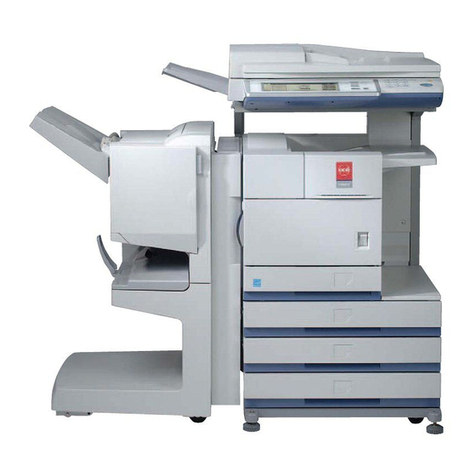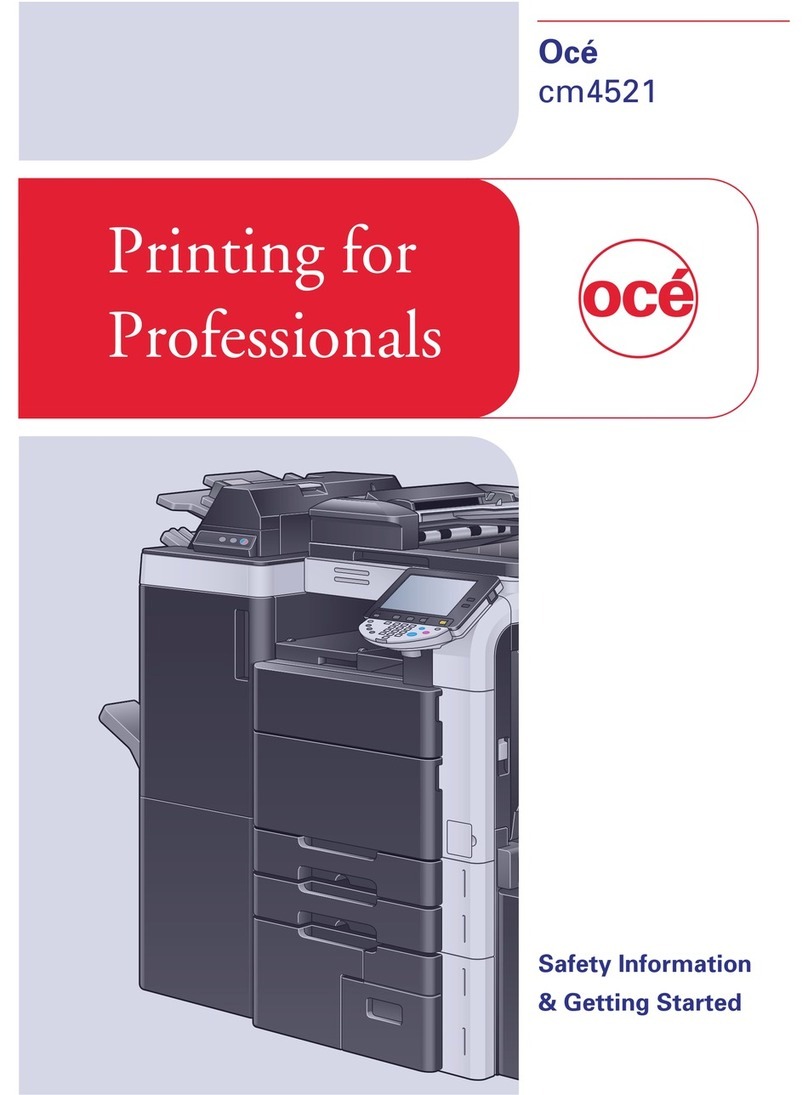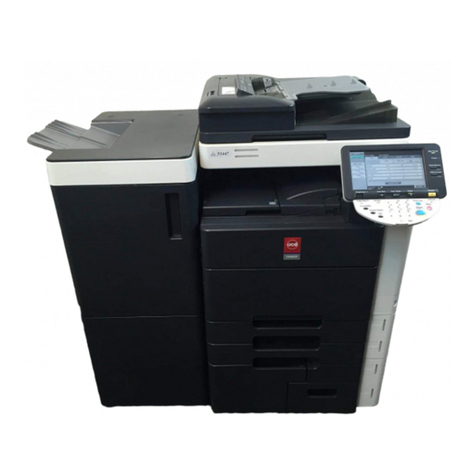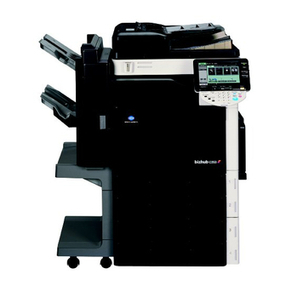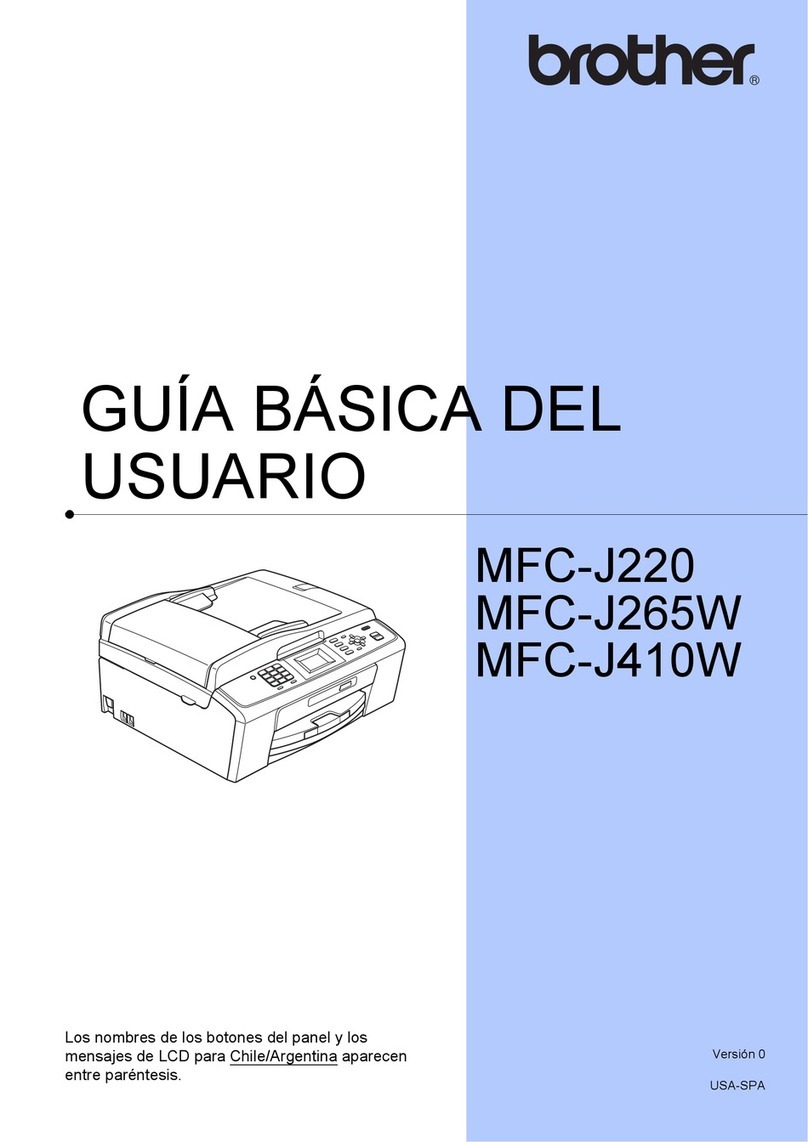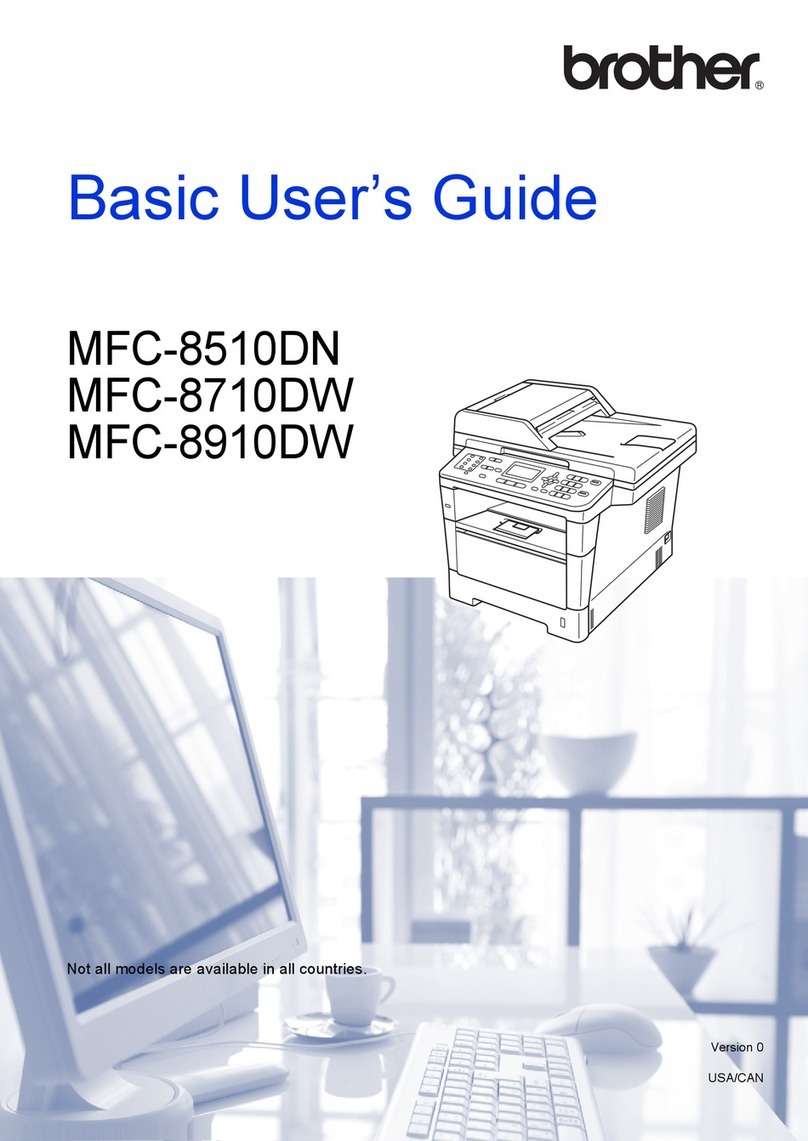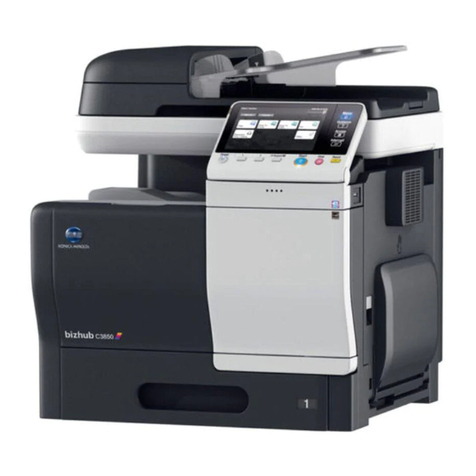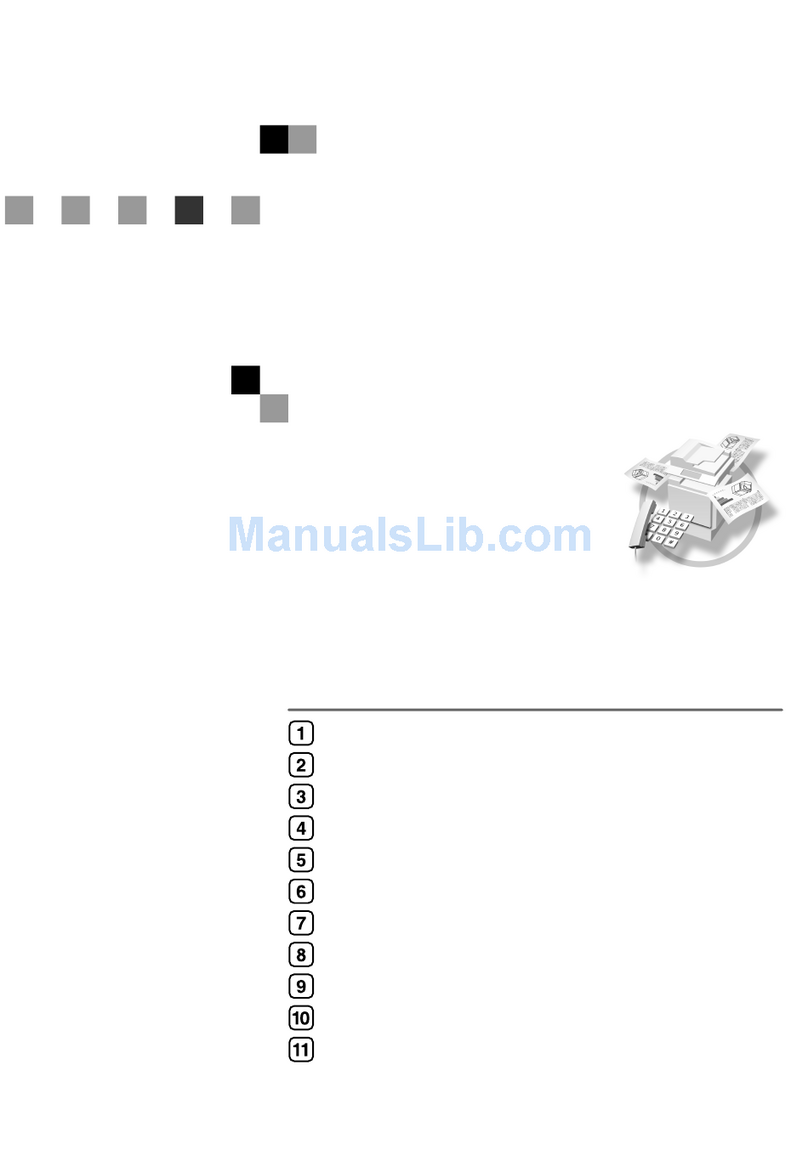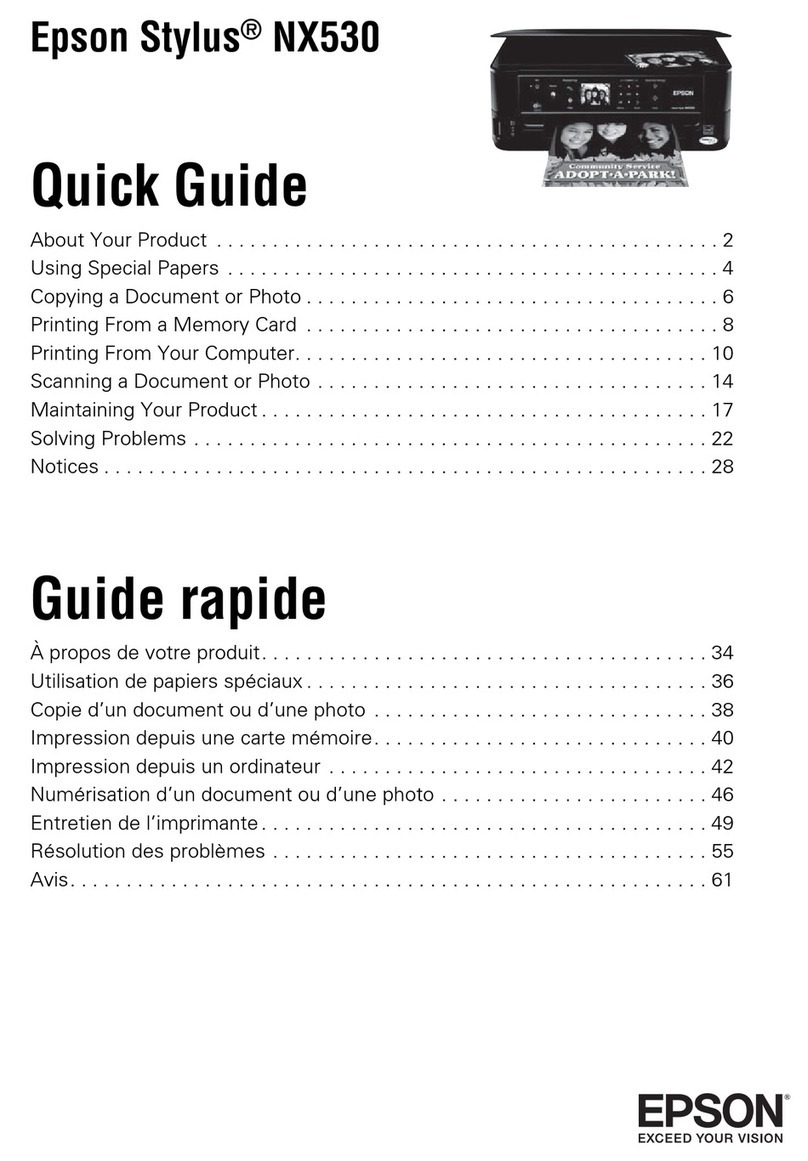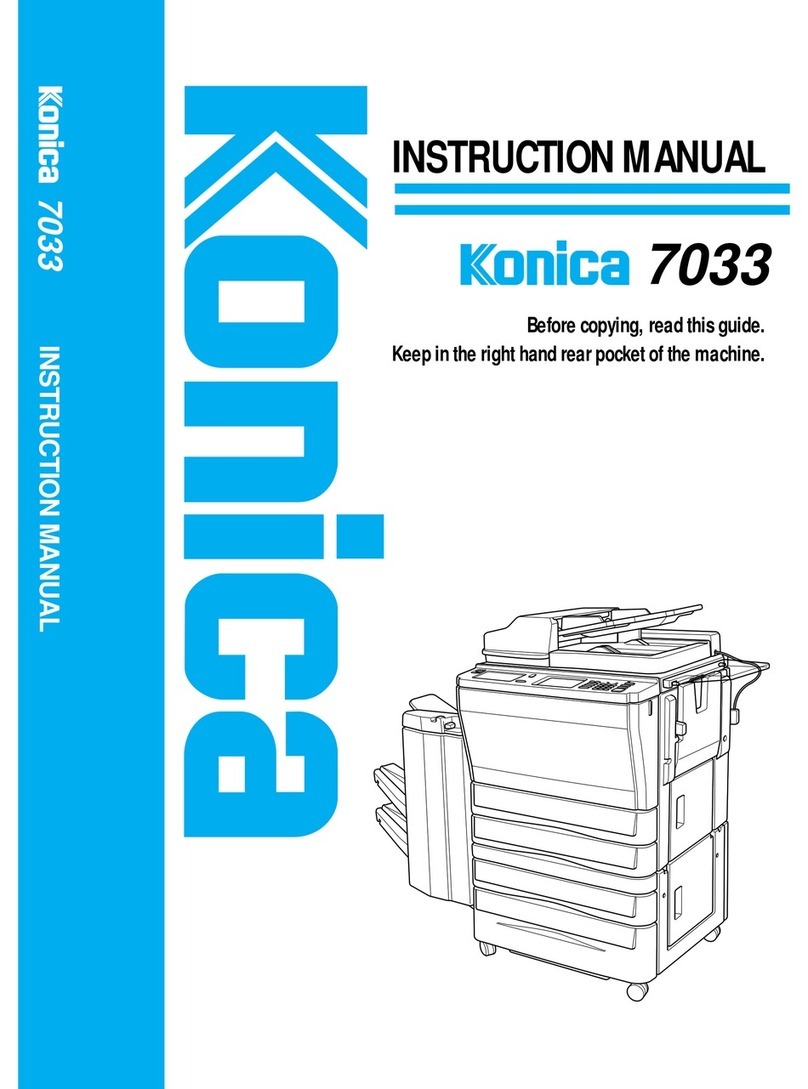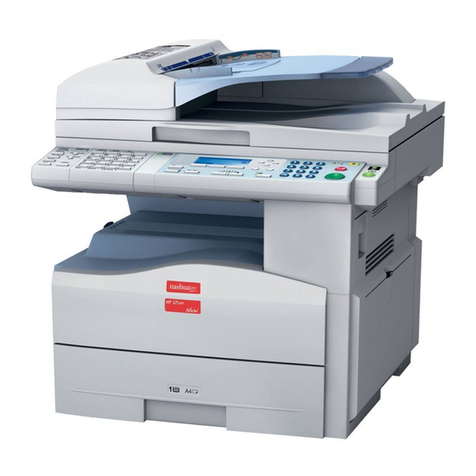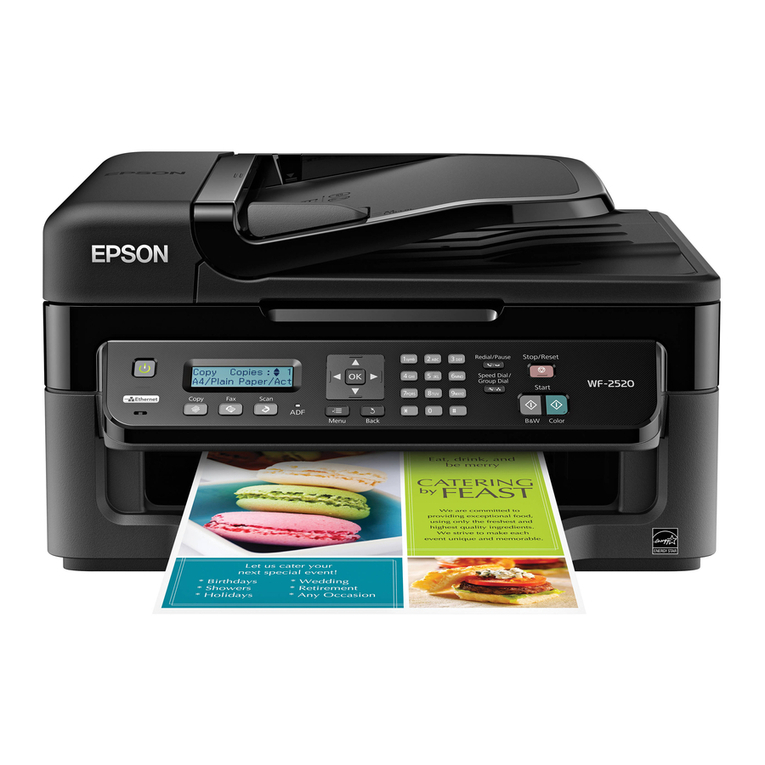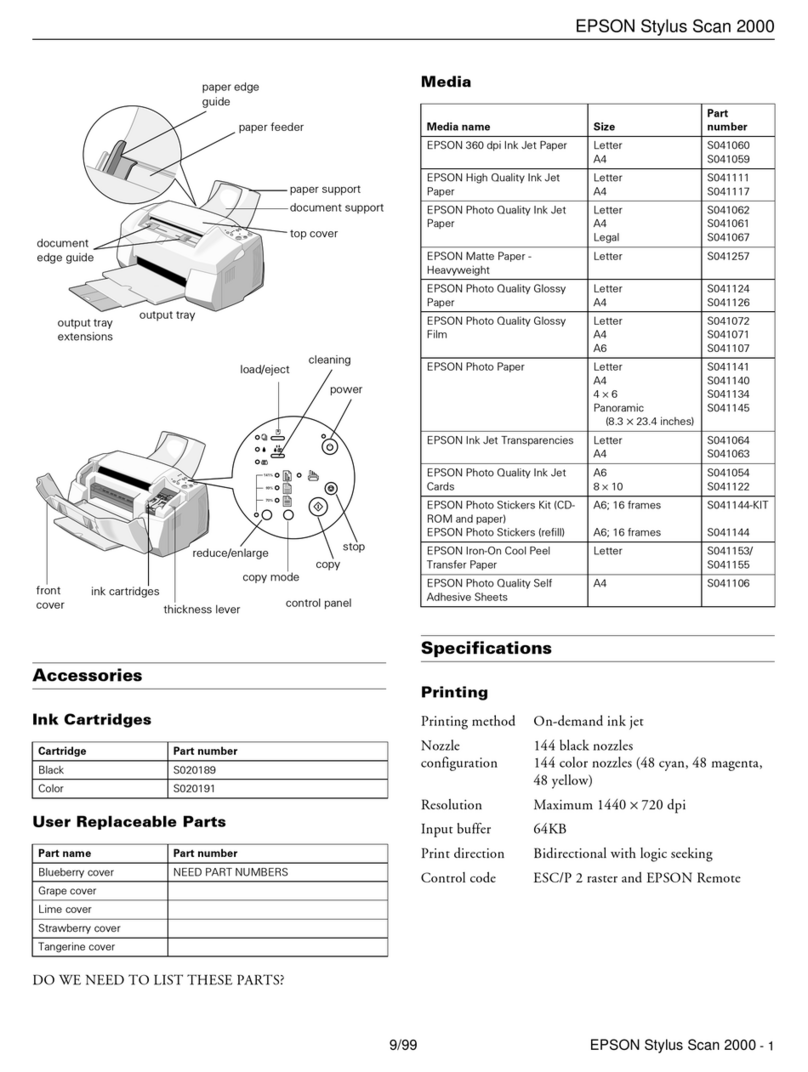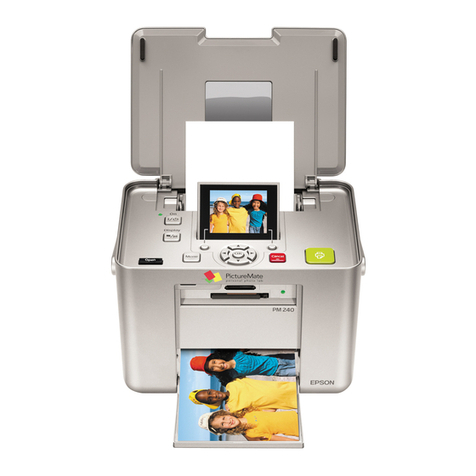CS665 Pro Contents-3
10 Color adjustment
10.1 About colors................................................................................................................................... 10-3
10.2 Color copy quality ......................................................................................................................... 10-5
10.3 Adjusting density level ................................................................................................................ 10-13
10.4 Changing colors using RGB values ........................................................................................... 10-19
10.5 Changing colors using HSB values ........................................................................................... 10-21
10.6 Adjusting sharpness ................................................................................................................... 10-27
10.7 Adjusting contrast....................................................................................................................... 10-29
10.8 Setting image distinction level ................................................................................................... 10-31
10.9 Selecting screen type or compression...................................................................................... 10-33
10.10 Changing colors using CMYK value .......................................................................................... 10-35
10.11 Selecting glossy .......................................................................................................................... 10-37
10.12 Copy conditions incompatible with color adjustment ............................................................. 10-38
11 Application functions
11.1 To use application function .......................................................................................................... 11-3
11.2 Inserting sheets and covers: Insert sheet................................................................................... 11-5
11.3 Locating title pages on the right side: Chapters ...................................................................... 11-11
11.4 Lay out several pages onto one sheet: Combine originals ..................................................... 11-14
11.5 Making a multiple page signature booklet: Booklet pagination ............................................. 11-17
11.6 Inserting different original images into printed sets: Insert image ........................................ 11-19
11.7 Dividing spread image into right and left pages: Book copy .................................................. 11-22
11.8 Programming different settings for an output job: Program job ............................................ 11-26
11.9 Dividing an image for enlarged copy: Multi-page enlargement.............................................. 11-29
11.10 Erasing outside area of original: Non-image area erase......................................................... 11-31
11.11 Reversing color in image: Neg./positive reverse...................................................................... 11-33
11.12 Repeating original image on one sheet: Image repeat............................................................ 11-34
11.12.1 Setting repeat times automatically................................................................................................ 11-34
11.12.2 Specifying repeat times: Repeat ................................................................................................... 11-37
11.13 Eliminating copy marks along borders: Frame center erase.................................................. 11-39
11.14 Copying image in the center of copy paper: Image centering................................................ 11-42
11.15 Adjusting position of copy image: Page margin - Shift ........................................................... 11-43
11.16 Reducing images to create binding margin: Page margin - Reduce & Shift ......................... 11-46
11.17 Printing additional information: Stamp/image overlay ............................................................ 11-48
11.17.1 Printing stamp onto copies: Built-in stamp................................................................................... 11-50
11.17.2 Printing distribution number: Set numbering ................................................................................ 11-52
11.17.3 Printing page number: Page no. ................................................................................................... 11-54
11.17.4 Printing date/time: Date/time ........................................................................................................ 11-56
11.17.5 Printing watermark onto copies: Watermark................................................................................. 11-58
11.17.6 Printing distribution number as watermark: Set numbering.......................................................... 11-60
11.17.7 Printing watermark and background pattern: Copy protect ......................................................... 11-62
11.17.8 Detailed setting in stamp/watermark ............................................................................................ 11-64
11.18 Overlaying image onto printed pages: Image overlay ............................................................. 11-67
11.19 Storing overlay image in HDD/overlaying image stored in HDD:
Program overlay .......................................................................................................................... 11-69
11.20 Copy conditions incompatible with application functions ...................................................... 11-73
12 Output applications
12.1 Selecting an output tray................................................................................................................ 12-3
12.2 Setting binding direction for duplex copies................................................................................ 12-6
12.3 Sorting/stapling copies (Finisher FS-521) ................................................................................... 12-7
12.3.1 Non-sort/collate/uncollate output to the primary (main) tray .......................................................... 12-9
12.3.2 Stapling output to the primary (main) tray..................................................................................... 12-10
12.3.3 Collate/uncollate output to the secondary (sub) tray .................................................................... 12-12
